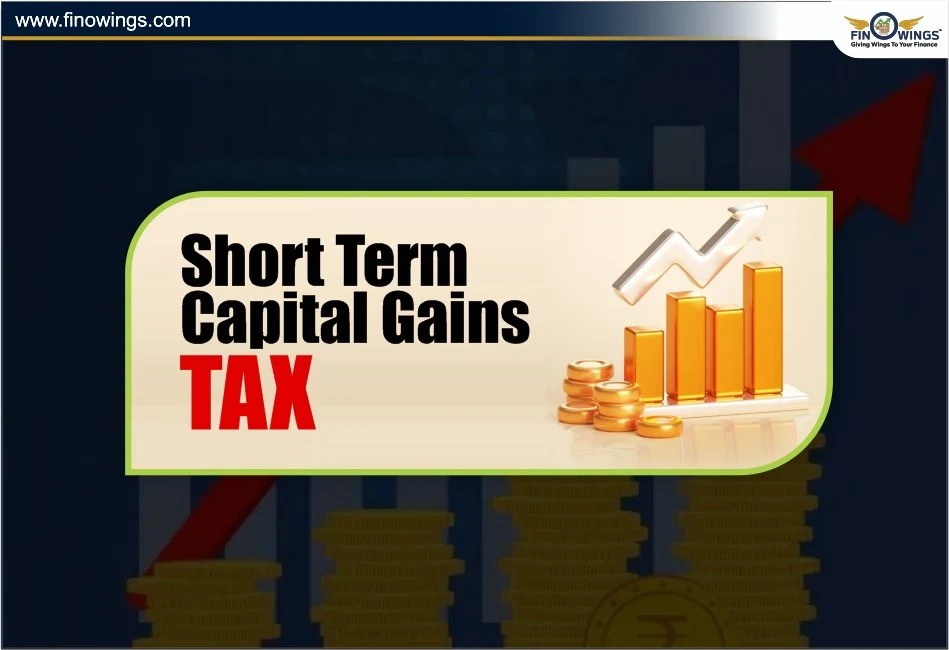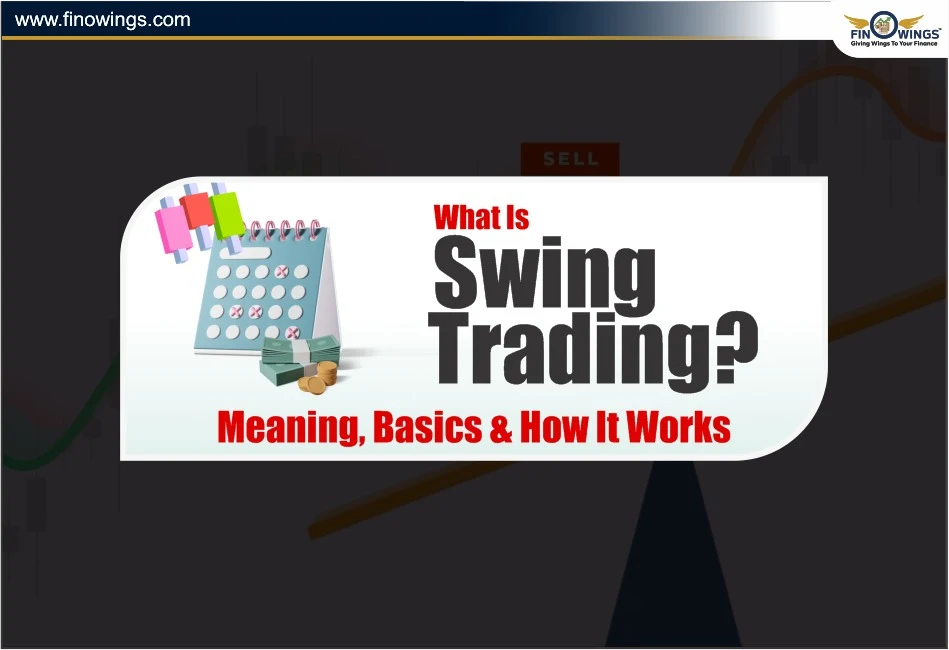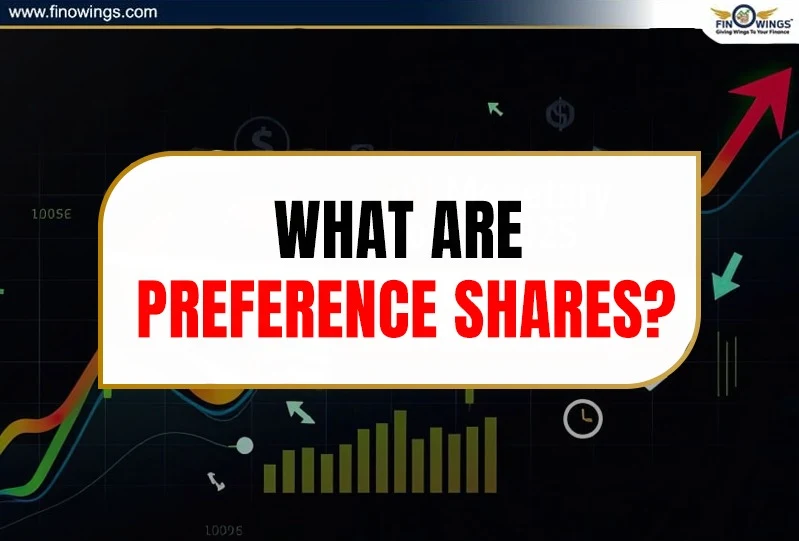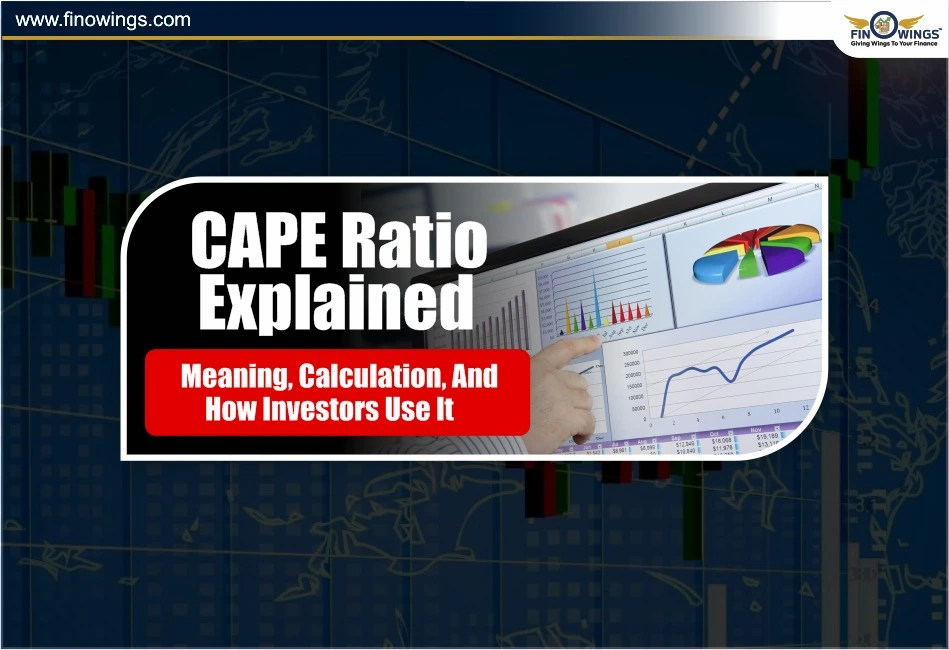Home >> Blog >> Gold ETF vs Physical Gold: Key Differences and Investment Insights
Gold ETF vs Physical Gold: Key Differences and Investment Insights

Table of Contents
- 1. Understanding Physical Gold and Gold ETFs
- 2. Gold ETF vs Physical Gold: Key Differences
- 3. Is It Better to Buy Physical Gold or ETF?
- 4. Advantages of Investing in Physical Gold
- 5. Advantages of Investing in Gold ETFs
- 6. Comparing Profitability of Physical Gold and Gold ETFs
- 7. Should I Buy Physical Gold or ETF?
- 8. Final Thoughts
Gold signifies wealth and security and has remained a timeless asset. Whether investing in traditional physical gold or modern Gold ETFs, gold investors constantly ask themselves, “Is it better to buy physical gold or ETF?” Here are the Gold ETF vs Physical Gold differences, advantages, and factors you need to consider to figure out which aligns best with your investment objectives.
1. Understanding Physical Gold and Gold ETFs
Physical Gold
Physical gold is the tangible form of gold you can buy in the form of coins, bars, and jewellery. It has been an integral part of cultures and wealth storage for generations. Purchasing physical gold means you own the asset and it can be kept in your home, a safety deposit box, or a bank.
Gold ETF
A Gold ETF (Exchange Traded Fund) allows you to invest in gold without needing to store it physically. You can buy and sell it on the stock exchange like any stock. You can buy and sell gold ETFs from your demat account. Every gold ETF unit usually contains one gram of gold or half a gram.
2. Gold ETF vs Physical Gold: Key Differences
|
Factor |
Gold ETF |
Physical Gold |
|
Form |
Paper or digital asset |
Tangible metal |
|
Storage |
No storage required |
Requires safekeeping or lockers |
|
Liquidity |
Highly liquid; can be traded anytime during market hours |
Less liquid; selling depends on jeweler or buyer availability |
|
Purity |
Standardized 99.5% or 99.9% pure |
May vary depending on source or jeweler |
|
Transaction Cost |
Low brokerage fees |
High making charges and GST |
|
Safety |
Safe from theft |
Risk of loss or theft |
|
Ease of Investment |
Easy online buying/selling |
Involves physical purchase and storage |
|
Divisibility |
Can invest as low as one gram |
Limited flexibility; needs bulk purchase |
As the above chart shows, gold ETFs are more convenient and more transparent, while physical gold is more attractive to traditional investors who want something they can touch.
3. Is It Better to Buy Physical Gold or ETF?
This is a question a lot of gold investors have: "Is it better to buy physical gold or ETF?" It depends on your individual financial goals and the type of investment you wish to make.
If you want to invest in gold, as an asset and not as jewellery, gold ETFs are the way to go. They are safe investments, and you can sell them easily whenever you want.
If the reason for holding gold is physical for cultural, emotional, or security reasons, then physical gold might be the right option.
First, let us examine the two and the pros and cons each option has.
4. Advantages of Investing in Physical Gold
1. Tangible Asset – You can see, touch, and store it. It provides emotional satisfaction and a sense of security.
2. Universal Acceptance – Physical gold is accepted freely. You can trade it, and it can be used as security for loans.
3. No Market Dependability – You can sell and buy gold without having a demat account or any trading experience.
4. Useful for Gifting and Jewellery – Gold coins and jewellery are widely accepted as gifts and are of high sentimental and traditional value in several cultures.
Nonetheless, physical gold has its disadvantages: making a raw gold piece will be valued less, it can get stolen, and will always incur storage costs.
5. Advantages of Investing in Gold ETFs
1. High Liquidity – You can buy or sell your gold ETF anytime through your demat account.
2. No Storage Worries – You will never get your gold stolen since it is stored electronically, and there is no risk of it getting damaged.
3. Transparent Pricing – Since gold ETF prices are gold’s market value, determining the value becomes significantly easier.
4. Tax Benefits – Gold ETF gains are taxed the same as other financial assets, and you might save on gold GST, or on making charges.
5. Ease of Diversification – Gold ETFs allow the investor to invest small amounts in gold, thus making it easier to diversify.
Overall, none of these issues should dissuade you from gold ETFs. They are perfect for anyone who wants the benefits of gold appreciation without the stress of gold ownership.
6. Comparing Profitability of Physical Gold and Gold ETFs
From a market perspective, gold and gold ETFs perform the same, and there is no doubt that gold ETFs give better returns. This is largely due to no making costs and lower transaction costs. For instance:
Physical gold involves a making and a VAT charge of around 5–10%, on top of the physical gold cost.
Gold ETFs charge a small fraction on brokerage and fund management, usually less than 1%.
Overall, gold ETFs are the preferred gold ownership mechanism for pure investments. The gold is offered at a more competitive price than physical gold.
7. Should I Buy Physical Gold or ETF?
If you’re still asking yourself, “Should I buy physical gold or ETF?”, think about your goals:
Choose Gold ETF if:
-
You want easy liquidity and low costs
-
You prefer secure, paperless investment
-
You are looking for portfolio diversification.
Choose Physical Gold if:
-
You want gold for personal use or gifting
-
You want to own a tangible asset
-
You’re not comfortable with online trading.
A balanced investor might hold both physical gold and gold ETFs — using the ETFs for investment and the gold for traditional purposes.
8. Final Thoughts
When it comes to gold ETF vs physical gold, there’s no one-size-fits-all answer. If your priority is safety, convenience, and liquidity, gold ETFs are a modern and efficient choice. If you value tradition, sentiment, and tangible ownership, physical gold is the right option.
When choosing between physical gold vs. gold ETF, consider your long-term goals and risk and investment strategy. They offer different functions and can serve your investments portfolio differently. Gold’s key role in a well diversified portfolio may offer you the best of both worlds - the historical gold and the modern gold technology.
DISCLAIMER: This blog is NOT any buy or sell recommendation. No investment or trading advice is given. The content is purely for educational and information purposes only. Always consult your eligible financial advisor for investment-related decisions.


















